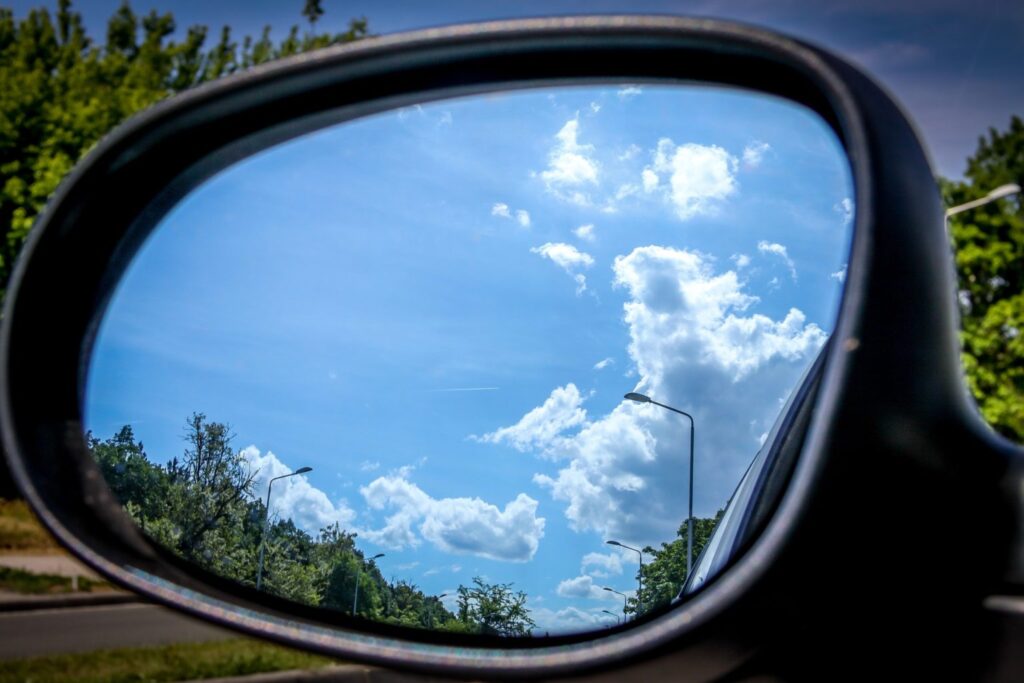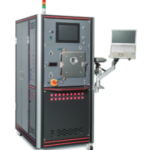
Did you know that vacuum is used in mirrors, an essential part of everyday life?
There are two types of mirror production methods: the vacuum plating method and the silver drawing method. In the vacuum plating method, as the name suggests, mirrors are made using a vacuum.
The relationship between mirrors and vacuum is explained in simple terms.
The most common method how to make mirror is the silver drawing method.
Traditional mirrors are made using this silver pulling process.
First, a tin metal film is applied to the surface of the glass to prepare it for the silver film to adhere easily.
It is then sprayed with silver.
In fact, a chemical reaction between a silver nitrate solution, sodium hydroxide (caustic soda solution) and glucose is applied to create a silver film on the glass.
It is then washed with pure water and sprayed with copper to prevent deterioration of the silver film.
The back of the glass is also completed with a protective coating.
Vacuum plating method for beautiful mirrors.
The vacuum plating process is made by depositing aluminum vapor (gas) on glass under vacuum.
Once an aluminum film has been created, a resin coating is applied for its protection.
Vacuum plating methods have finer aluminum particles which makes it possible to get higher adhesion to glass.
As a result, they are durable and are used outdoors, for example, in car rear-view mirrors.
Mirrors used in observatory telescopes are also made by evaporating aluminum by vacuum evaporation and plating the glass





